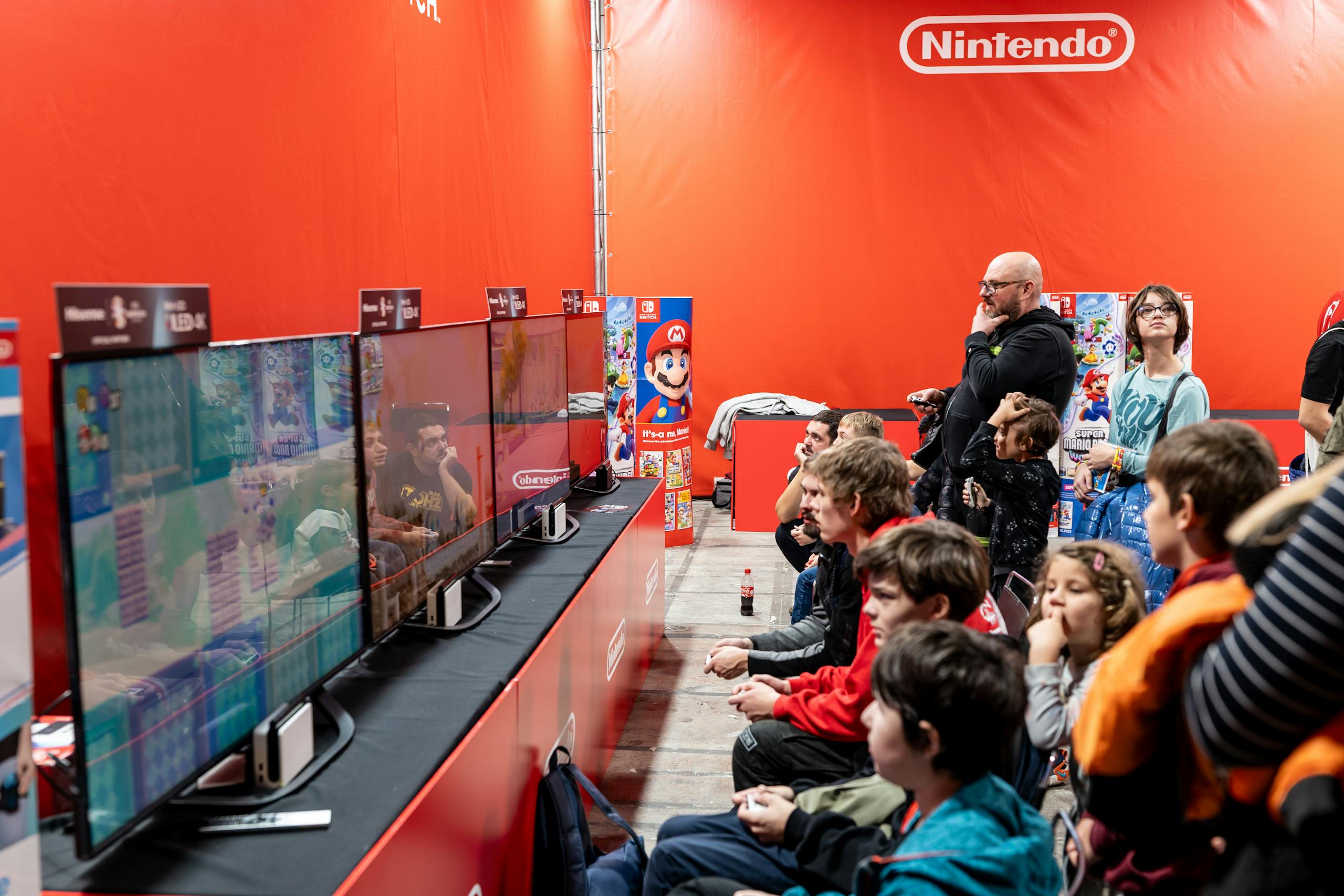Nintendo’s New Patents Stir Debate Over Summoning Mechanics & Creature-Collector Games
Nintendo, together with The Pokémon Company, recently obtained a pair of U.S. patents that have sparked controversy across the gaming world. Many developers, fans, and legal experts are now asking: are these patents legitimate protection of innovation—or dangerous overreach?
What the Patents Cover
- Patent No. 12,403,397 is for a gameplay mechanic that allows a summoned “sub-character” (i.e. non-player creature) to be deployed in a virtual field and engage with an enemy character. This covers both manual control and scenarios where the sub-character fights automatically. (Windows Central)
- A related patent, No. 12,409,387, involves “smooth switching of riding objects.” This appears tied to prior Nintendo claims, including ongoing legal disputes, particularly with the game Palworld. (Windows Central)
These patents were filed in 2023 and have recently been granted by the U.S. Patent and Trademark Office (USPTO). (Windows Central)
Why It Matters (and Why People Are Worried)
- Broad Scope
Because many creature-collector and summoning-based games use mechanics where you call forth a creature or sub-character to assist or fight automatically, the patent could theoretically apply to a very large number of existing games. Titles like Elden Ring, World of Warcraft, or Diablo IV have mechanics that look superficially similar, though whether they literally infringe is unclear. (Windows Central) - Indie and Small Developer Risk
Legal experts and members of the indie dev community are concerned that these patents create a chilling effect—smaller studios may avoid creative mechanics out of fear of a lawsuit, even if they believe their implementation is legally compliant. (Windows Central) - Patent System Scrutiny
Critics (including IP lawyers) are pointing out that the USPTO appeared to grant the “sub-character summoning” patent with little resistance, which they say is unusual given how common such mechanics are. Some believe this exposes weaknesses in how gaming-related patents are evaluated for novelty and non-obviousness. (PC Gamer) - Ties to Ongoing Legal Disputes
Nintendo has already sued the makers of Palworld (Pocketpair) over similar mechanics, arguing that Palworld’s mechanics infringe on Nintendo’s existing patents. The new patents strengthen Nintendo’s legal footing in ongoing disputes and could set precedents. (Windows Central)
Community & Industry Reactions
- Many developers, especially on forums like Reddit, are openly critical. Some quotes: “Ridiculously broad language. This is not patentable.” (Reddit)
“This would affect so many beloved games that rely on summoning.” (Nintendo Life) - Some articles argue that while large publishers may be able to navigate around or challenge these patents, indie devs might be discouraged from implementing mechanics they once considered “game staples.” (TECHi)
- Nintendo and The Pokémon Company have defended their patents, stating that they are intended to protect specific procedural implementations and not overly general “ideas.” However, opponents remain skeptical that the scope is narrow enough to avoid chilling broader creativity. (Nintendo Life)
Possible Implications & What to Watch For
| Area | Potential Impact |
|---|---|
| Game Design | Developers may begin avoiding “summoning / sub-character” mechanics or alter how they implement them to avoid patent infringement. This could lead to more restrictive or modified gameplay features. |
| Existing Games | Some titles could be retroactively exposed to legal risk, depending on how strictly the patent claims are interpreted. Small-scale compliance or licensing may become more common. |
| Indie Ecosystem | Smaller studios might face legal uncertainty, which can stifle innovation, or force them to allocate budget toward legal advice rather than creative work. |
| Patent & IP Law Reform | This case may drive discussions around how game mechanics are or should be patentable. We might see legal challenges or legislative interest in clarifying the boundaries of gameplay patenting. |
| Player Expectations | Players might see fewer “summon companion” features or find them restricted or redesigned; this could shift gameplay trends in creature-collection, monster battlers, and similar genres. |
What Remains Unclear
- Exactly how Nintendo plans to enforce these patents in the U.S. beyond Palworld. Will other games be targeted? Hard to predict. (Windows Central)
- How narrow or broad the legal interpretation will be. Some analysis suggests certain specifics (for example, requiring use of a “ball” or a “sub-character”, or particular battle setup) may limit applicability. (Nintendo Life)
- Whether the USPTO or courts will revisit or narrow the claims if challenged. Legal precedent might force refinements.
Nintendo’s recently granted patents—especially the one covering “sub-character summoning” mechanics—are more than just legal documents. They are signaling a shift in how gameplay mechanics might be owned and litigated in the future. For big publishers, these patents might offer leverage and protection. For smaller studios, they represent a new caution: creative mechanics once taken for granted may now carry legal risk.
As the Palworld case proceeds, and as more games are developed with creature or companion-summoning features, the gaming industry will be watching closely. Innovation may survive—but its borders might be redrawn.

